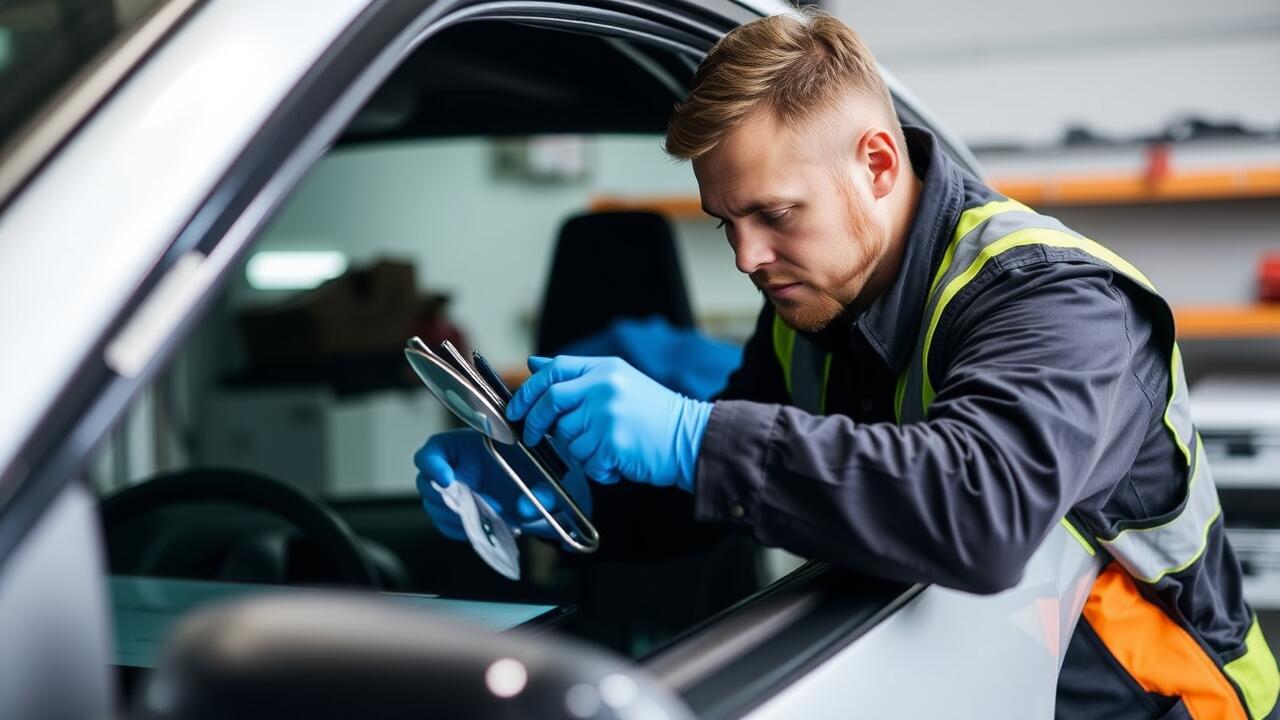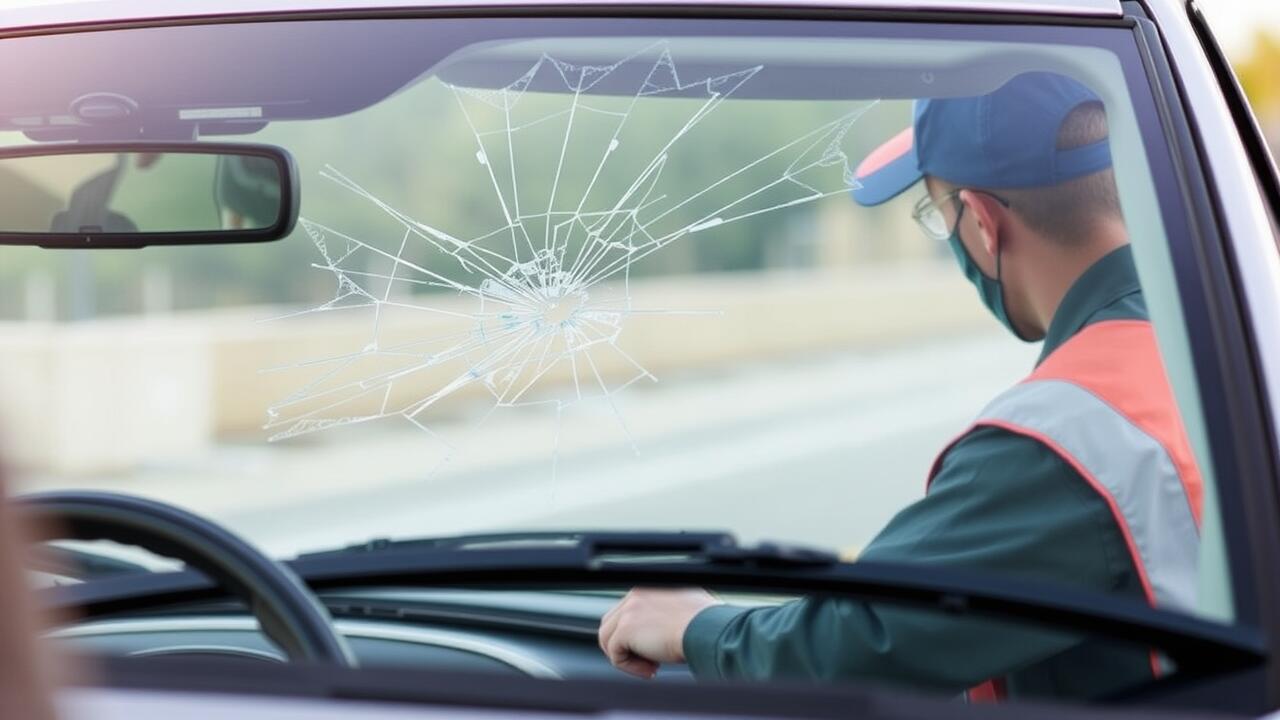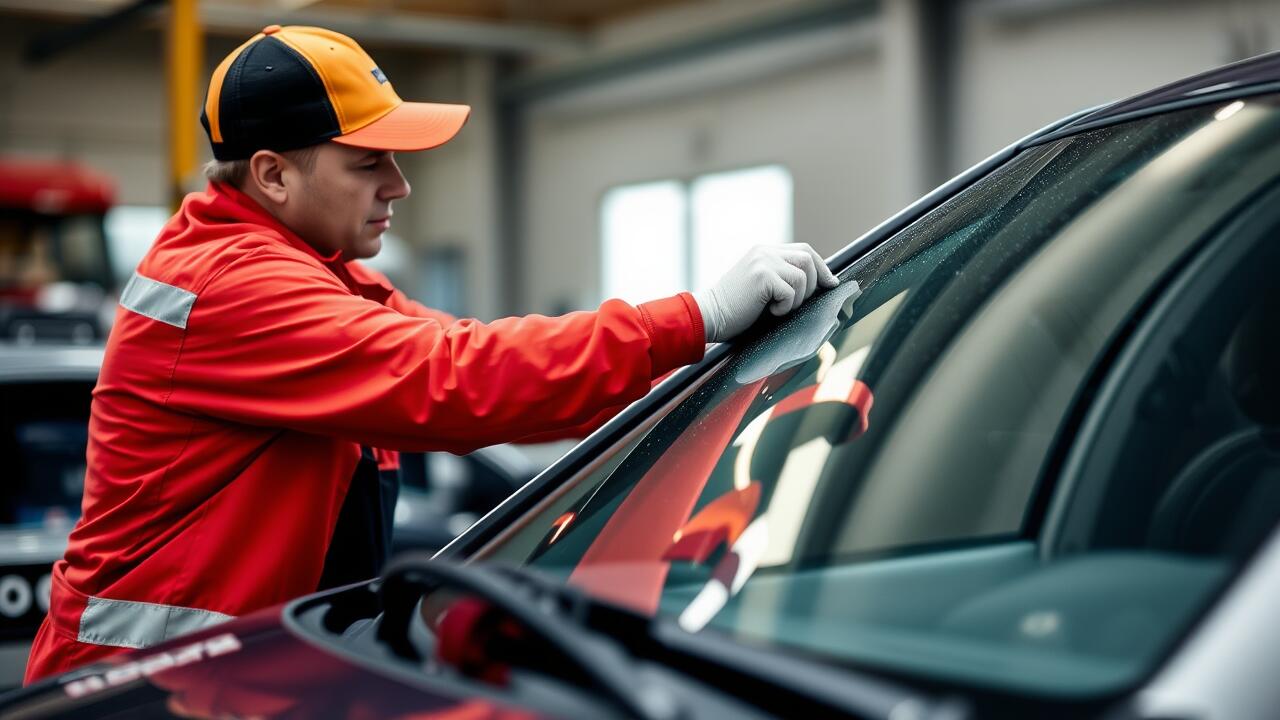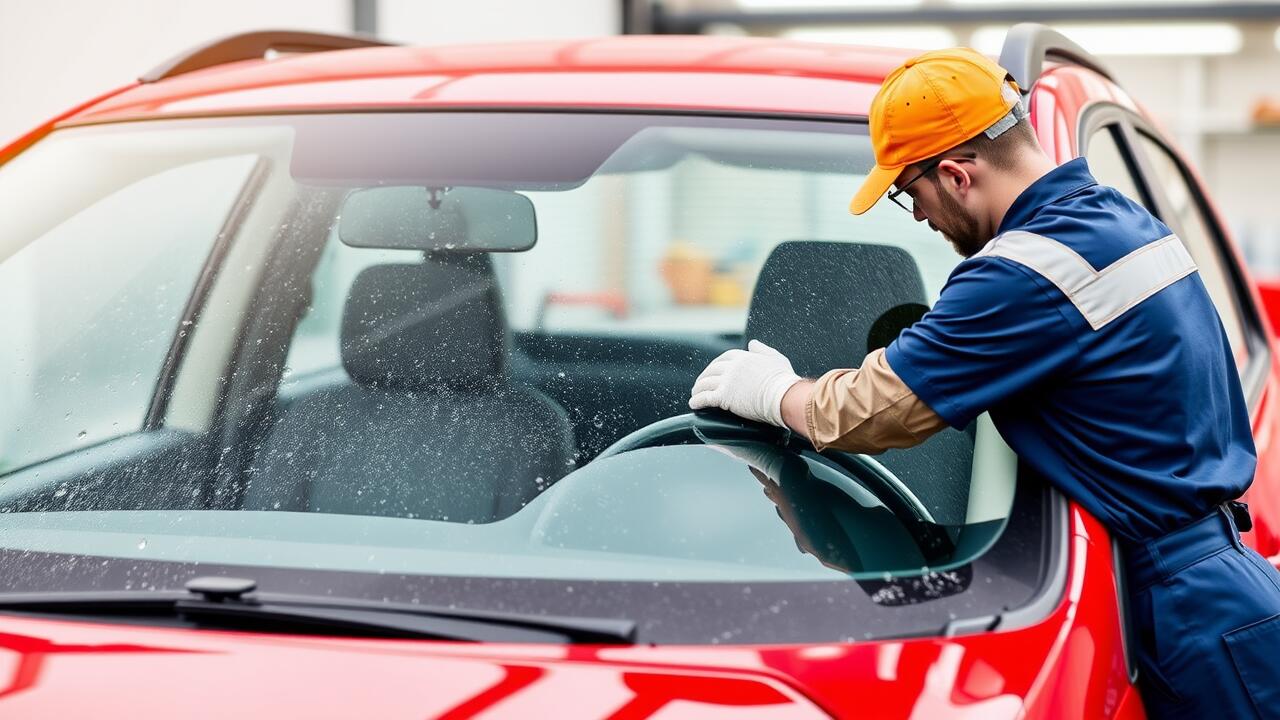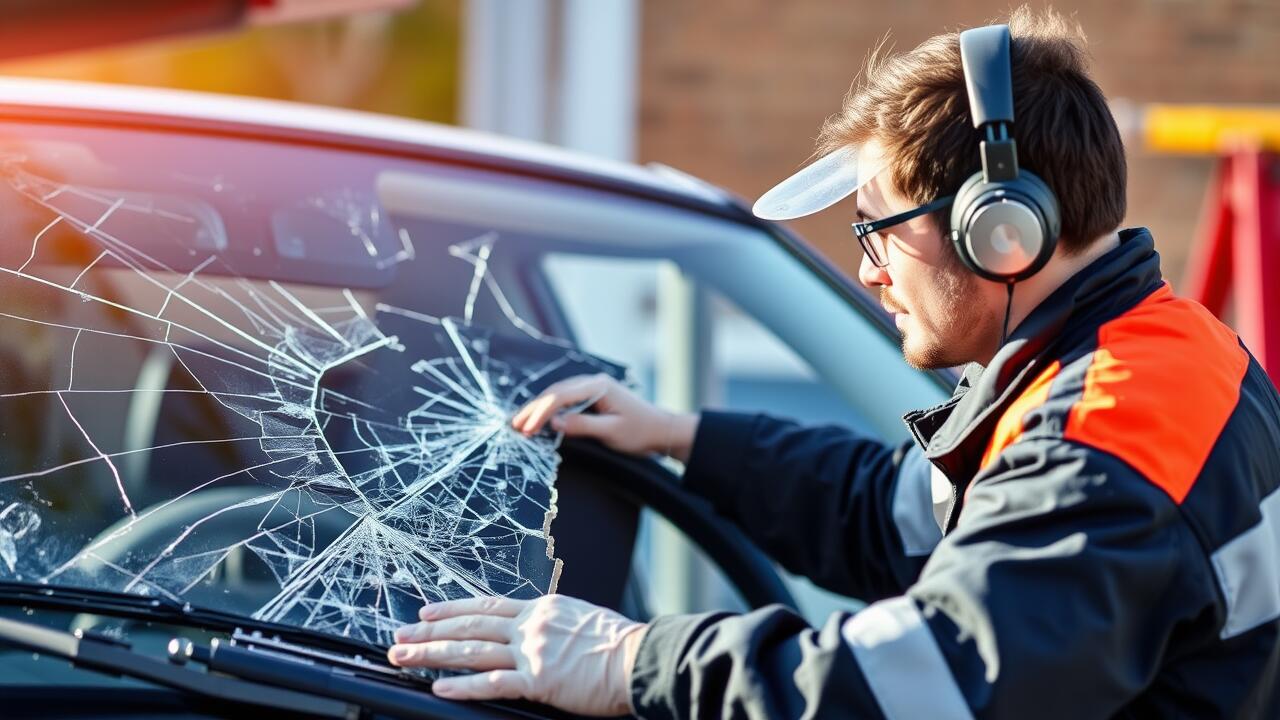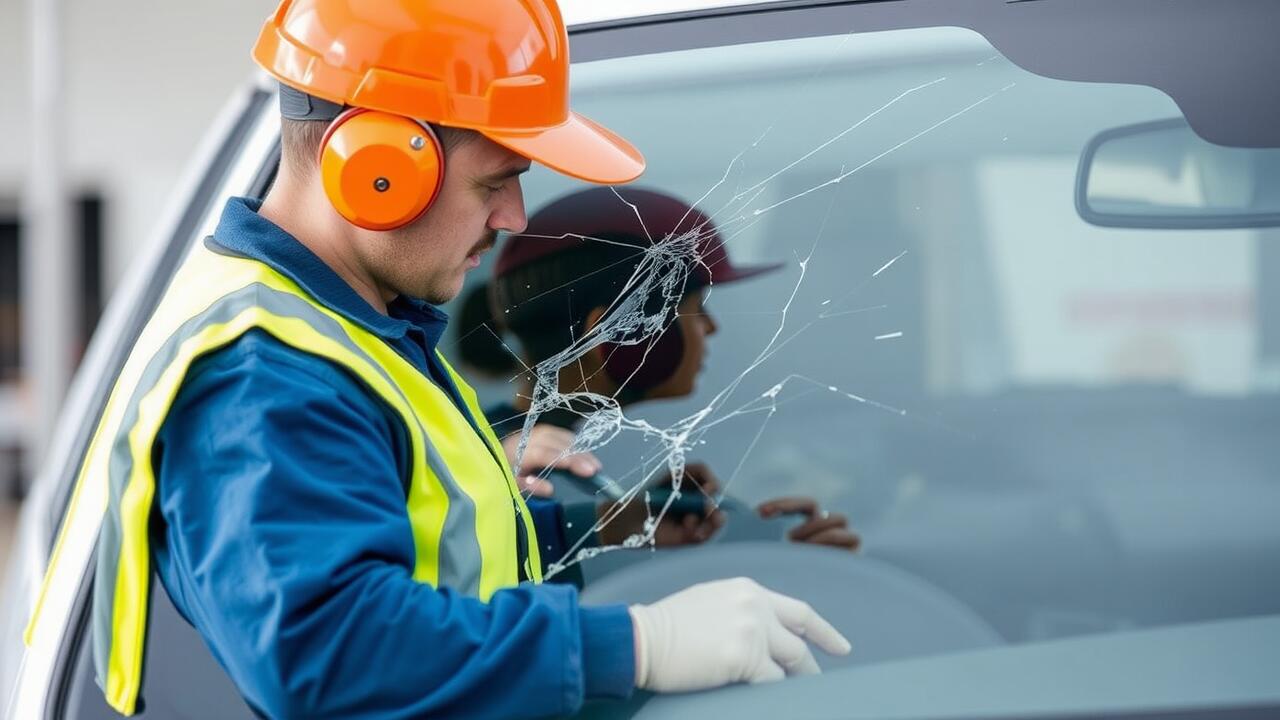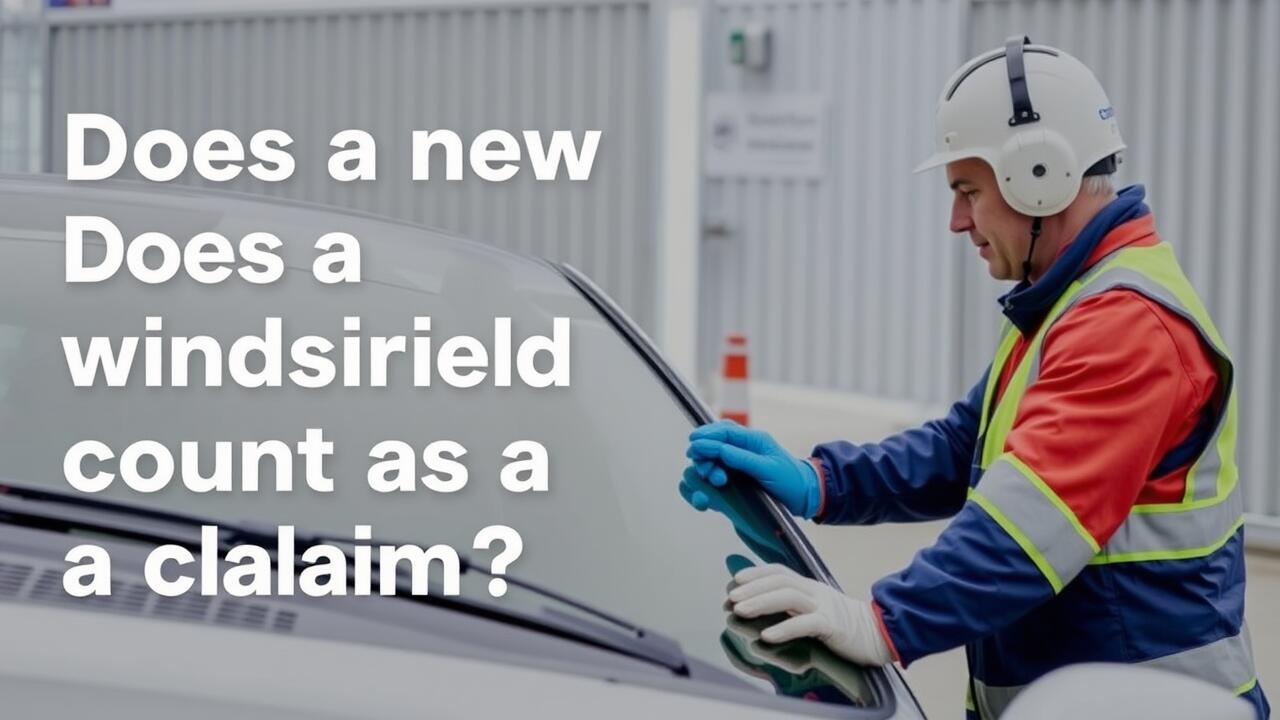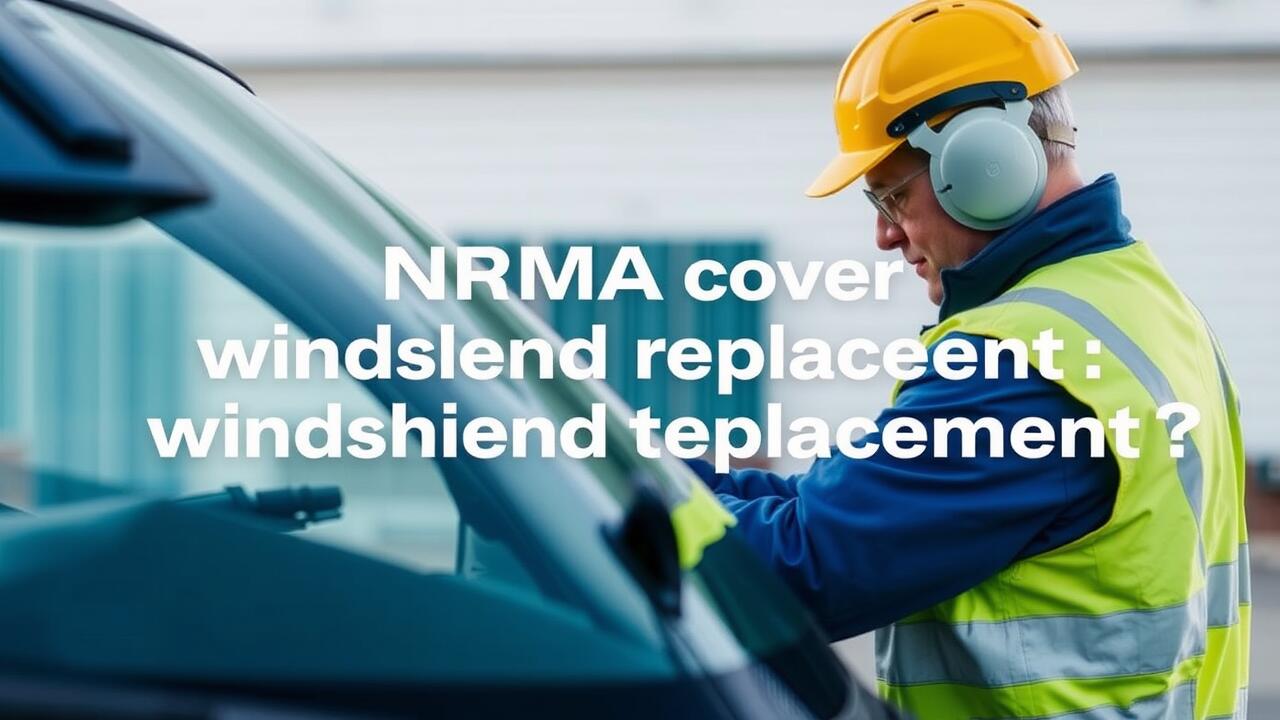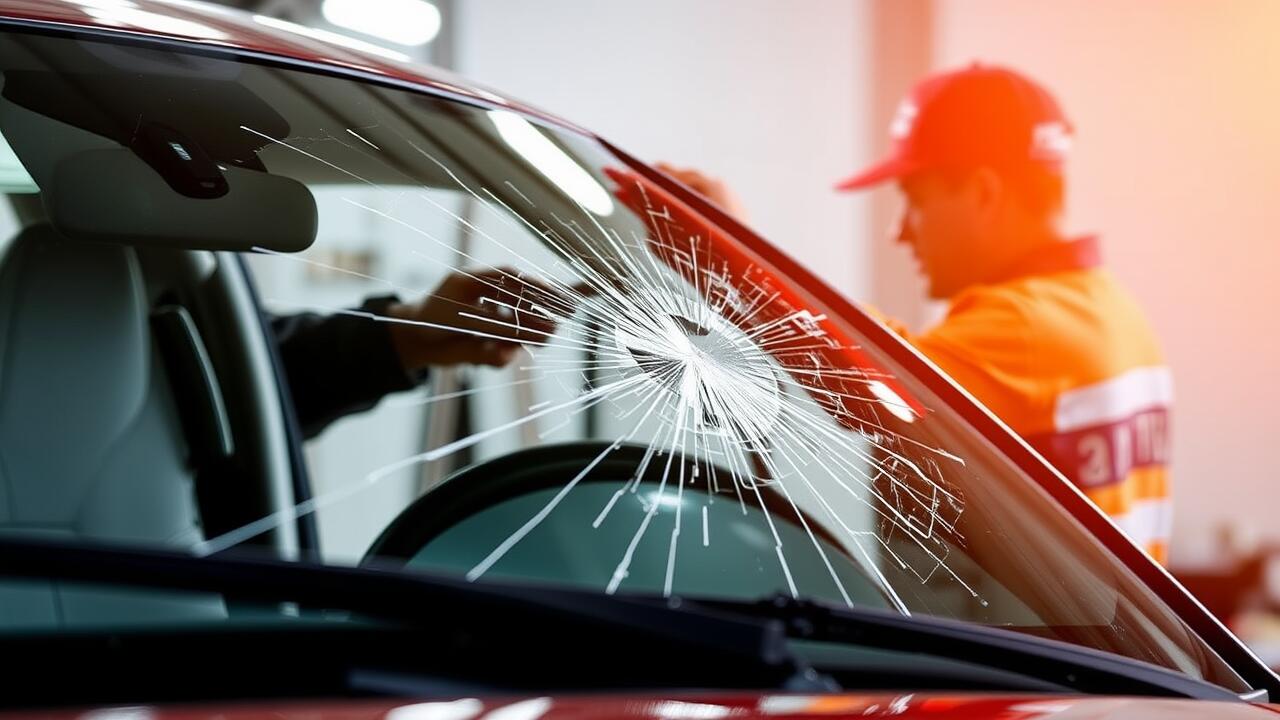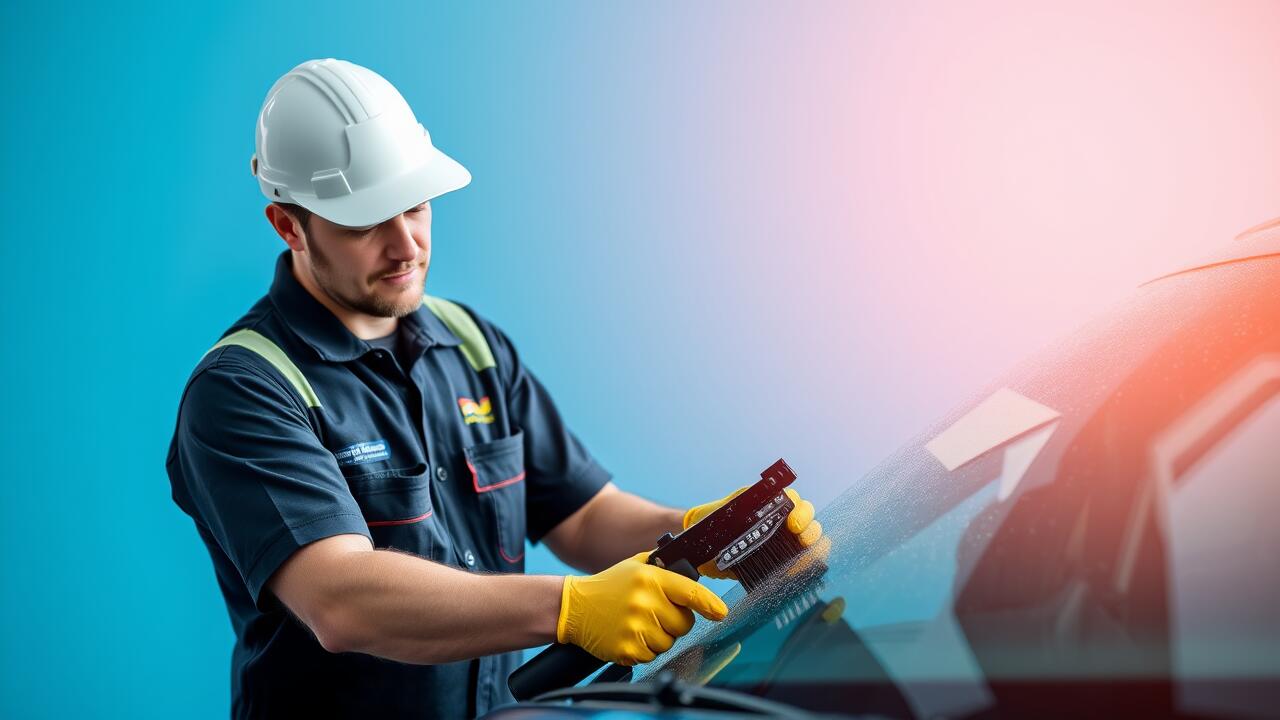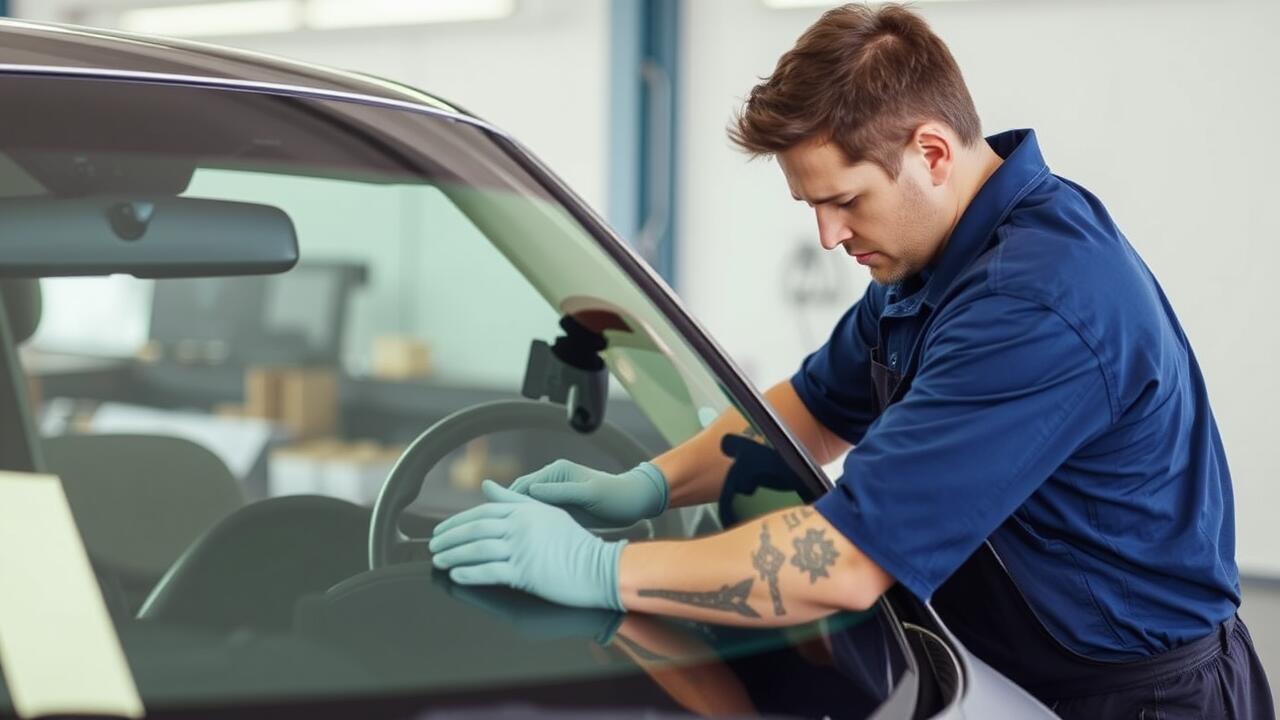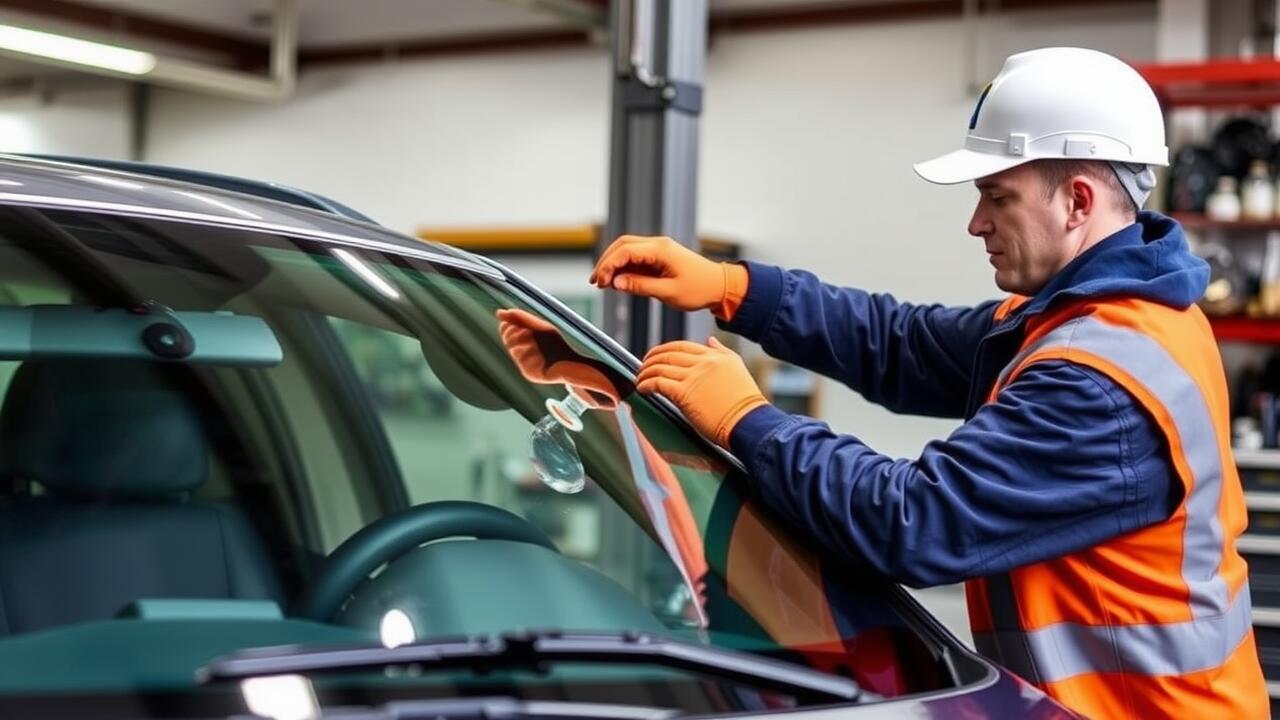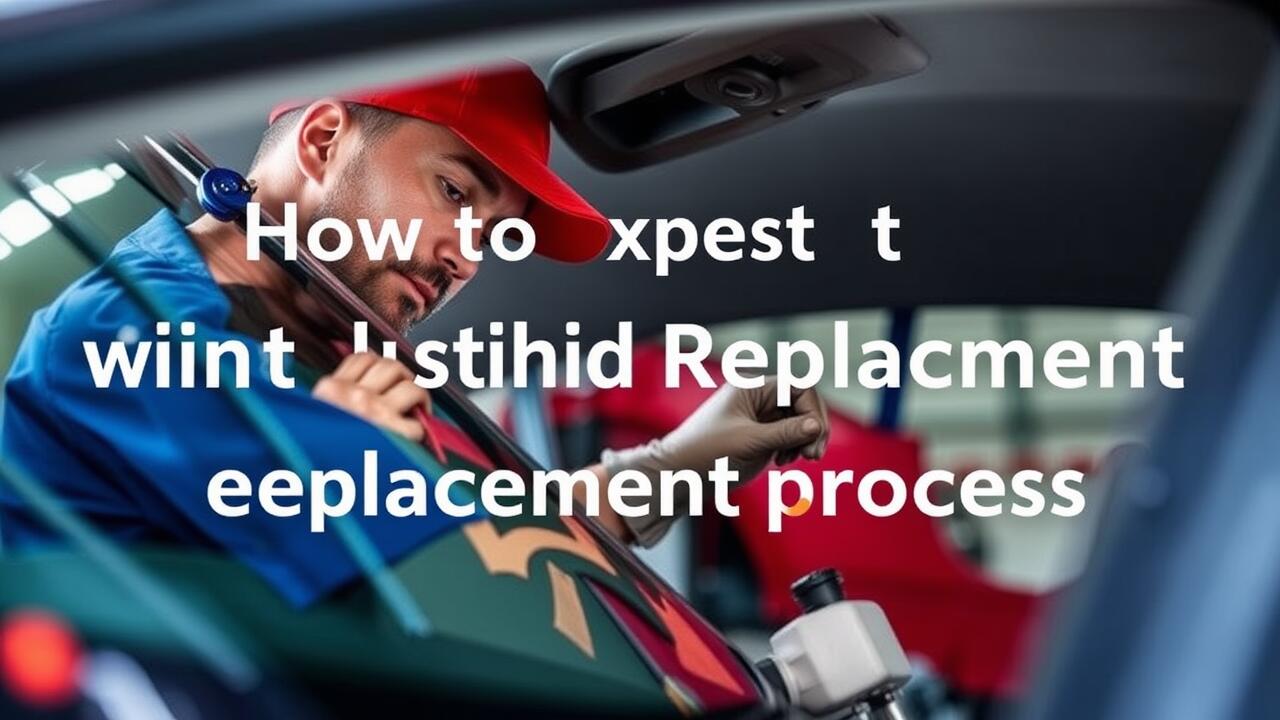
Table Of Contents
The Role of Insurance in Windshield Damage
Insurance plays a crucial role when it comes to addressing windshield damage. Many policies cover windshield repairs or even full windshield replacement, depending on the extent of the damage. Drivers should be aware of their coverage specifics, including deductibles and any limitations on claims. Understanding these aspects can significantly impact decision-making when faced with a cracked windshield.
Filing a claim can often streamline the process of getting a damaged windshield fixed. Insurers may have preferred providers who handle windshield repairs, ensuring a more efficient experience. When dealing with insurance, it’s important for policyholders to document the damage thoroughly and communicate clearly with their insurer to avoid delays. Taking proactive steps can facilitate a smoother transition from reporting the damage to accomplishing a windshield replacement.
How to Navigate Insurance Claims for Repairs
Navigating insurance claims for windshield repairs can feel overwhelming, but understanding the basics can simplify the process. Start by reviewing your insurance policy to determine your coverage options related to windshield damage. Many policies provide specific provisions for glass repairs or replacements, which can significantly reduce out-of-pocket expenses. Gather necessary information, including details about the incident and any pertinent documentation, such as photos of the damage.
Once you have your information ready, contact your insurance company to initiate the claim process. Be clear in explaining the nature of the damage and the need for a windshield replacement. They may ask you to provide estimates from repair shops. Follow their guidelines closely to ensure a smooth claims experience. Keep a record of all communications and documents, as this can help if any discrepancies arise later in the process.
DIY Solutions vs. Professional Repair
Many vehicle owners consider DIY solutions when faced with a cracked windshield. These methods often involve using kits available at auto parts stores that claim to fill small cracks or chips effectively. While these products may provide a temporary fix, they rarely restore the structural integrity of the glass. In some cases, improper application can lead to further damage, potentially resulting in the need for complete windshield replacement.
Professional repair is typically a more reliable option for addressing windshield damage. Trained technicians can assess the severity of the crack and recommend the most appropriate course of action. When the damage is extensive, they can facilitate windshield replacement, ensuring the installation meets safety standards. Opting for professional services not only enhances safety but may also prevent additional costs associated with further repairs down the line.
Assessing the Risks of Temporary Fixes
Temporary fixes for a cracked windshield often seem like an easy solution, but they come with significant risks. While a DIY patch or resin application might provide short-term relief from the crack's appearance, it may not restore the structural integrity of the glass. Over time, vibrations from driving or temperature fluctuations can worsen the crack, leading to a situation where a windshield replacement becomes necessary. Moreover, failing to address the issue promptly can reduce visibility, increasing the chances of accidents.
Additionally, many temporary fixes are not designed to withstand the force of impact or extreme weather conditions. Rain, snow, or intense sunlight can cause the repairs to fail or even exacerbate the damage. Ignoring a cracked windshield in hopes of a quick fix can lead to further complications down the road. In the worst-case scenario, what started as a minor crack may evolve into a full replacement, which is often more expensive and time-consuming than seeking professional help initially.
Seasonal Factors Affecting Windshield Cracks
Seasonal changes can significantly impact the condition of your windshield. During colder months, temperature fluctuations can cause existing cracks to expand as the glass contracts with the cold. Snow and ice accumulation may lead to additional stress on the glass, making it more susceptible to breaking. The introduction of road salt and chemicals can also corrode the edges of the windshield, which may worsen pre-existing damage.
In warmer months, direct sunlight can create intense heat, causing cracks to spread even further. The heat causes the windshield glass to expand, potentially amplifying any weaknesses. Rain, hail, and other precipitation can infiltrate cracks, introducing moisture that can weaken the structure and increase the risk of requiring Windshield Replacement. Addressing cracks promptly is crucial to prevent further deterioration due to seasonal effects.
How Weather Changes Can Worsen Your Windshield Damage
Temperature fluctuations can lead to significant stress on a windshield. As the glass expands in warm weather and contracts in cooler temperatures, any existing cracks can worsen. This continuous cycle can compromise the integrity of the windshield, making it more susceptible to further damage. Ignoring these changes can lead to a situation where simple repairs are no longer an option.
Rain or snow can also play a crucial role in deteriorating a cracked windshield. Moisture can seep into the fissures, causing the edges to swell and leading to further cracking when temperatures drop. A severely damaged windshield might ultimately necessitate a complete Windshield Replacement, which could have been preventable with timely intervention. Regular maintenance and prompt attention to cracks can mitigate these weather-related risks.
FAQS
Why is it important to address a cracked windshield promptly?
Ignoring a cracked windshield can lead to more severe damage, decreased visibility, and increased safety risks while driving. It can also result in costly repairs if the crack spreads or worsens over time.
Will my insurance cover the cost of windshield repair?
Many insurance policies include coverage for windshield repairs, often with little to no deductible. It’s essential to check with your insurance provider for specifics regarding your coverage.
Can I repair a cracked windshield myself?
While there are DIY repair kits available, it’s generally recommended to seek professional assistance. Professionals can ensure the repair is done correctly and safely, preventing further damage.
What are the risks of using temporary fixes on a cracked windshield?
Temporary fixes, such as clear tape or adhesive, may not hold up under pressure or weather conditions, potentially leading to further damage. They also can obstruct your view and compromise safety.
How can seasonal changes affect windshield cracks?
Seasonal factors, such as temperature fluctuations, rain, and snow, can exacerbate existing cracks. For example, cold weather can cause the glass to contract, worsening the crack, while heat can cause it to expand.

